The MIT Blackjack Team: The students who banded together to win for decades
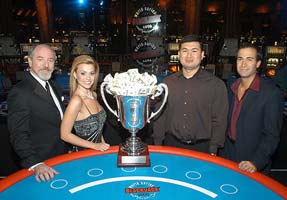 Casinos have a hard enough time catching one person who is cheating or card counting. Imagine how they would struggle to deal with up to 30 of them all working in tandem, across different casinos across the globe? That is exactly what the MIT Blackjack Team did between 1980 and 1993. Two movies (The Last Casino and 21) have been released about this team, but they contain a lot of artistic license. So, what really happened with the MIT Blackjack team, and who were they?
Casinos have a hard enough time catching one person who is cheating or card counting. Imagine how they would struggle to deal with up to 30 of them all working in tandem, across different casinos across the globe? That is exactly what the MIT Blackjack Team did between 1980 and 1993. Two movies (The Last Casino and 21) have been released about this team, but they contain a lot of artistic license. So, what really happened with the MIT Blackjack team, and who were they?
Origins of the MIT Blackjack Team
The MIT Blackjack Team’s origins aren’t traced back to MIT at all, but to Harvard, where Bill Kaplan had been working with friends on creating blackjack teams for a number of years. He’d read Edward O. Thorp’s Beat the Dealer and successfully implemented its card counting techniques to win money in Las Vegas. Kaplan had parted with his Vegas team, and now, Kaplan wanted an east coast team to take Atlantic City to the cleaners.
When an invite from J.P. Massar to lead his team of card counting blackjack players came in, it was the opportunity that Kaplan needed. He watched them play, and he spotted the errors in their ways. In his mind, they were good, but they weren’t using the strategy correctly, and to maximum effect. He eagerly took them on.
Kaplan recruited J.P. Massar and a few MIT friends, trained them up and together they ran the team through the mid-80s. His most famous recruit would be John Chang, who would go on to have an illustrious career of his own in casinos. The team wasn’t just constructed of MIT members though, as some would join from Princeton and others from Harvard. As long as they stuck to the strategy and ran it as a business, Kaplan said that he would back the team.
“The Bank” of the MIT Blackjack Team
Kaplan took his team very seriously. In order to get in, players were put through a trial by fire. This included being supervised in the casino, several rigorously tough rounds of blackjack where they had to prove they could win, as well as handling player sheets (casino cash in/out, time, betting strategy, limits and many more detailed information about their playing time). It might seem rather serious, but that was how Kaplan intended it. That was how the MIT Blackjack Team were always going to win.
On the back of that, “The Bank” of the MIT Blackjack Team was formed on August 1, 1980. Outside investors and players together had to invest $89,000 per stake. This bank was played by ten players, including Big Dave, Goose, Jonathan, Kaplan, Massar. A couple of months later, they would double that original stake, and pocket profits of over $150 per hour. It was all done very professionally, with investors and players splitting the profits. During the first ten-week period, investors saw a 250% profit, whilst players bagged $80 an hour, based on gameplay time.
The MIT Blackjack Team is put to Work
The successful team continuing to play throughout the 80s, with as many as 35 players joining in 1984. Kaplan though, was quickly building a reputation in casinos. He’d played with team members since 1977, and it was beginning to become obvious to casinos that he was up to something. He refrained from joining them, so as to not give away the whereabouts of his teammates. The team was now run by J.P. Massar, John Chang and Bill Rubin, who joined in 1984. Like all things, over time the MIT Blackjack Team’s success ebbed away, mainly due to exhaustion, boredom, a decreased level of managerial skill, and increased casino conditions. On their run, they accumulated well over 70 members in various sectors including players, counters and other assistant roles.
In 1992, Kaplan, Massar and Chang decided to regroup and launch an attack on the Foxwoods Casino, which has just opened up in Connecticut. They even trained a few new players. Their new company would be known as Strategic Investment (yes, it does seem rather obvious now) and it was formed in June 1992. The new company has a million dollar stake (much more than the original MIT team ever did). The team grew once more to over 80 players, with players located in Cambridge, New York, New Jersey, Pennsylvania, California, Illinois and Washington. Canadian and Native American Casino, as well as island-based casinos also joined the list of targets. Such an impressive array of faces all working together would obviously lead to some being caught out. Some were indeed caught, but they didn’t give up their friends, and they were in turn replaced by new members.
How It Worked
In the early 90s, the strategy that the MIT Blackjack Team employed was quite simple. It was based on Edward O. Thorp’s High-Low system. There were always three players, known as the big player, a controller and a spotter. The spotter checked the deck for the opportunity to card count, the controller wasted small cash until the count verify the spotters count. When he’d identified the count, he would make a signal to the big player who would then make a massive bet and win big. When done correctly, and amongst many different players, the scheme was flawless.
The Split-Up
As more and more of the “top” players were caught and banned from the casinos, the MIT Blackjack Team had to rely on newer and less professional card counters. Before long the casinos would put two and two together. They hired investigators to look into the backgrounds of those caught card counting. When the investigators realised that most had addresses near Cambridge and an MIT connection, the game would soon be over.
Before it was though, Strategic Investments paid out massive earnings to both players and investors, and it dissolved its company on New Year’s Eve, 1993. Now, there was no real way to track the MIT Blackjack Team, as it ceased to exist.
The dissolution of Strategic Investments wasn’t necessarily the end for the MIT Blackjack team, though. Massar, Chang and Kaplan were uninterested in continuing the team. However, some of the former players split up into two main groups. The Amphibians were one group, led by SemyonDukach, Katie Lilienkamp and Andy Bloch; and the Reptiles, led by Mike Aponte, Manlio Lopez and Wes Atamian. They carried on for another six years, often with millions of dollars in their respective banks. The MIT Blackjack teams were very much alive, that is until 2000.
In 2000, their reign did finally come to an end. With many former MIT players now in steady and stable jobs, and many other newer recruits too scared to risk losing their MIT degrees over card counting, the number of players dropped. Casino technology (such as face recognition) had now evolved too, making it too hard for the MIT Blackjack Team to pull off such success. Faced with such difficulties, the 15-year spree that had netted them so much, was over.
The MIT Blackjack Team Today
Most of the MIT team took their winnings and went their separate ways. But a few have continued to play blackjack.
John Chang has become a hugely successful card counter. Sure, he has been nabbed in several casinos for card counting, but he still players regularly today, even if he is forced to disguise himself to enter the casinos!
Mike Aponte and Jeff Ma are also still involved in gambling. They don’t play, although they do own blackjack and gambling-related businesses.
Today, Kaplan and Massar live relatively quiet lives, away from it all. Aside from Kaplan appearing in a cameo in the movie 21 (based on the events), not much is known about these two king-pins of the MIT Blackjack Team.
Some of the Amphibians splinter-group are well-known. Andy Block went on to become a professional poker player. He currently has one WSOP bracelet which he won in 2012, by winning the $1,500 Seven Card Stud event. This event also saw him win $126,363.
As for Semyon Dukach, the now 45-year-old is the Managing Director of Techstars, and is the central character (using his real name) in Ben Mezrich’s Busting Vegas and Bringing Down the House, two chronicles based on the events.
All Famous Gambler Stories on OCB
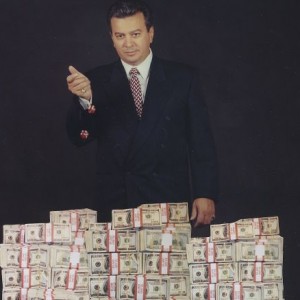 Archie Karas Archie Karas | 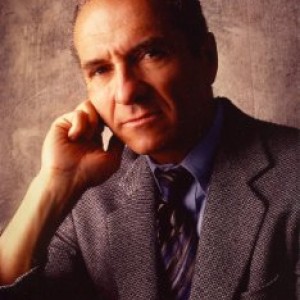 Edward O Thorp Edward O Thorp | 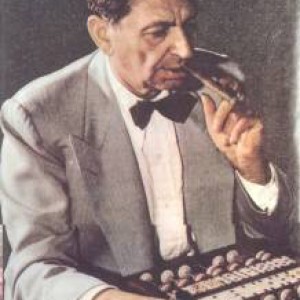 Nick The Greek Nick The Greek | |
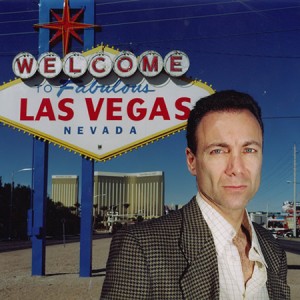 Richard Marcus Richard Marcus | 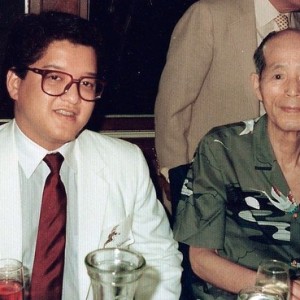 Terry Watanabe Terry Watanabe | 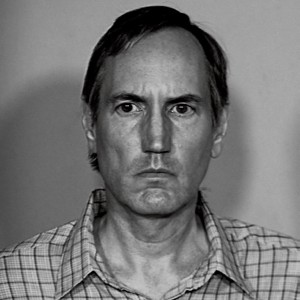 John Kane John Kane | |
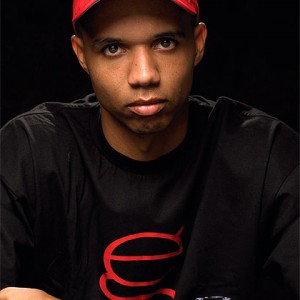 Phil Ivey Phil Ivey |  John Montagu John Montagu |  Kerry Packer Kerry Packer | |
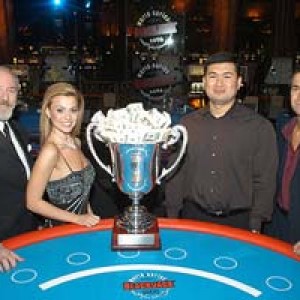 MIT BlackJack Team MIT BlackJack Team |

